What region of the world is the squash native to? (Hint there are a few regions, guess one correctly).
The squash is native to parts of Central America, Mexico, and North America.
How many different varieties of squash are there?
A) 37
B) 143
C) Over 300
C) Over 300!
Where does spaghetti squash get its name from?
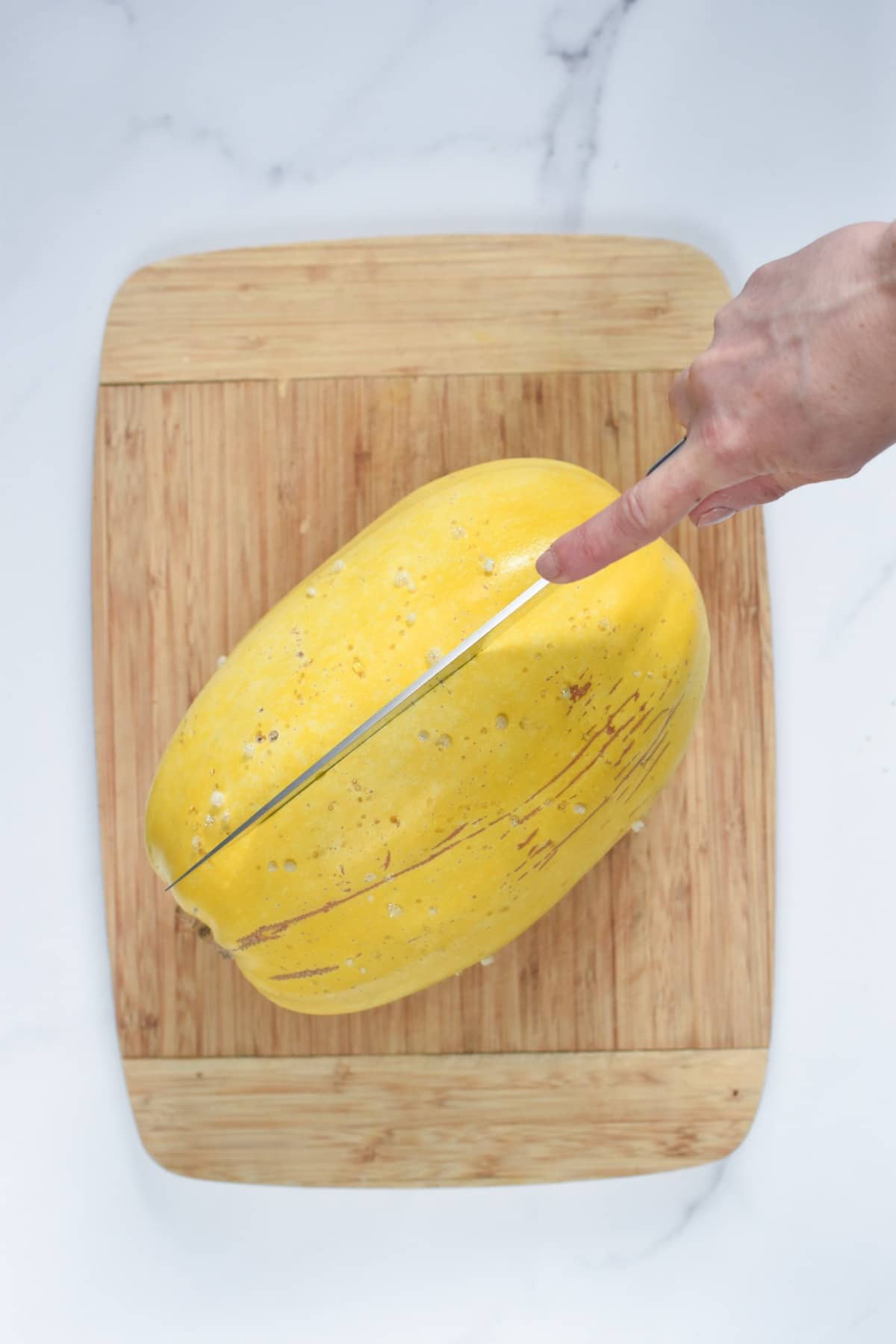
It doesn't taste like spaghetti! It gets its name from the texture of the squash flesh, which looks a lot like noodles.
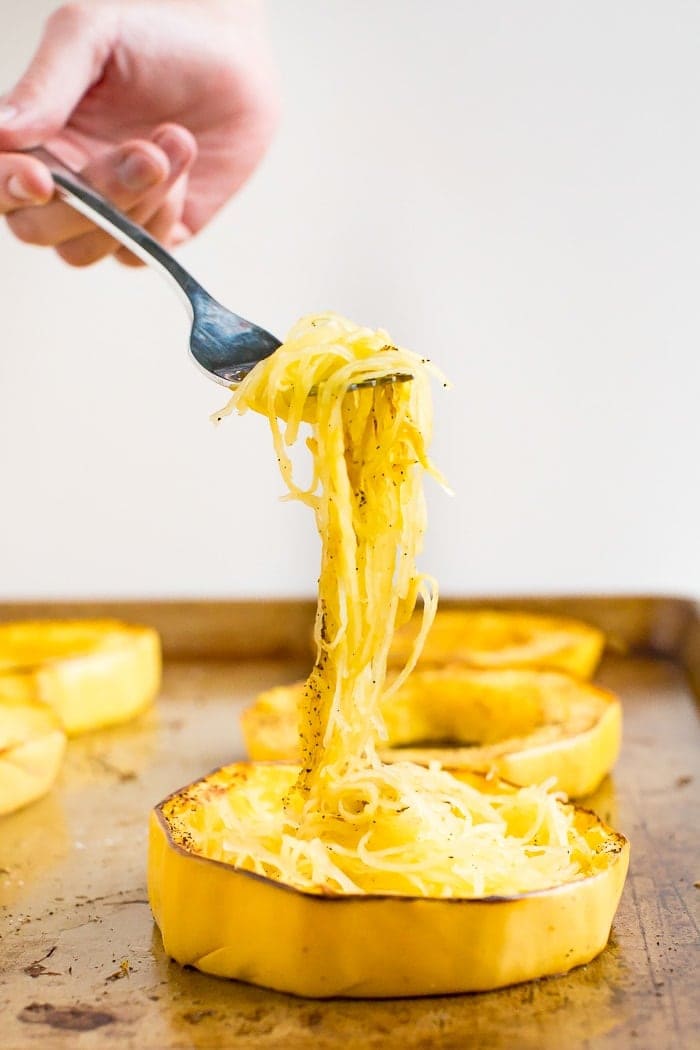
The "Three Sisters" planting technique included squash and these two other crops.
Corn and beans
There are four different categories of squash: fall squash, winter squash, spring squash, and summer squash. True or false?
False! There is only summer squash and winter squash.
The word squash comes from the word "askutasquash", which is Narragansett (the Narragansett people are a community of Algonquian Native Americans from Rhode Island). What does this word mean?
A) Eaten soft or mashed
B) Eaten with butter
C) Eaten raw or uncooked
C) Eaten raw or uncooked
What plant family does a squash belong to?
The gourd family
Which of the following countries is the top squash, gourd, and pumpkin producer?
A) Spain
B) Ukraine
C) Mexico
D) China
D) China. In 2019, China produced 8,427,676 metric tons of squash, gourds, and pumpkins!
The Wampanoags used this method to preserve their squash for the winter.
The Wampanoag dried or dehydrated the squash in the sun. They dried their squash to prevent it from rotting before the winter.
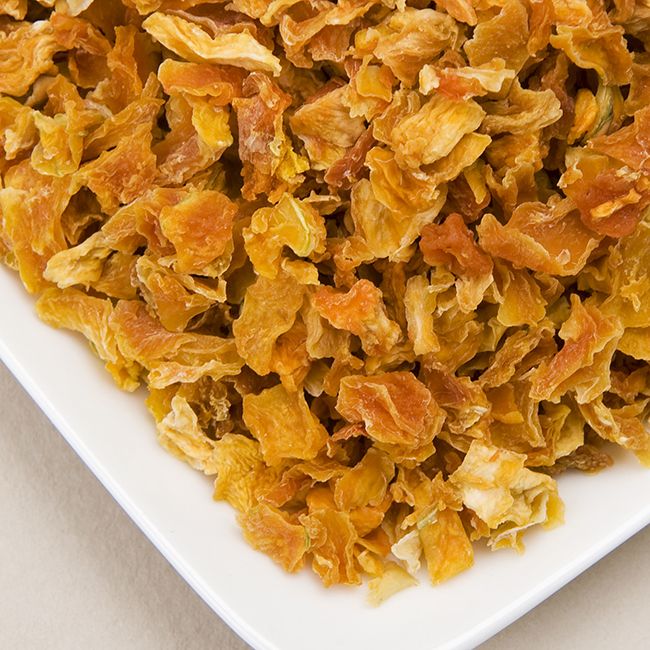
Squash blossoms/flowers are poisonous to humans. True or false?
False! You can eat squash blossoms, raw or cooked.
Squash was introduced/brought to Europe in what century?
A) 15th century (1400-1499)
B) 16th century (1500-1599)
C) 17th century (1600-1699)
B) 16th century, specifically in 1591
Botanically/scientifically, is a squash considered a fruit or a vegetable?
A fruit! (Squashes are fruits because they contain seeds/seeds are inside of them)
What type of corn is traditionally planted in a Three Sisters bed?
A) Metacom corn
B) King Philip corn
C) Wôpanâak corn
King Philip corn
What part of a squash plant can you eat?
All of it! The leaves, stems, seeds, skin, blossoms, and flesh are all edible.

You can store winter squash in a cool, dry place for months before eating it. True or false?
True! The hard shell/skin on the outside means that it naturally has a long shelf life.
Describe the first year for the colonists after arriving in Plymouth on the Mayflower. Why were they successful or unsuccessful?
The first year was difficult, filled with illness and starvation. The reason they were unsuccessful was because they were not prepared to survive on their own (lack of farming and shelter-building skills). They also arrived during the winter (big mistake!)
Name one other plant in the same family as the squash.
What are pumpkins, zucchini, or melons?
What was corn called and what did it look like before it was hand selected to be sweet?
A) Teosinte and it was a smaller corn cob
B) Teosinte and it was a wild grass
C) Maize and it was the same size corn cob
B) Teosinte! It was a wild grass before with very few kernels, if any! (It looks similar to wheat or hay)

The Three Sisters planting technique is an example of companion planting. Give the definition of "companion planting". (Multiple answers will be accepted)
The close planting of different crops that complement and help each other grow, or that protect each other from pests and disease.
The colonists invited the Wampanoags to the feast as thanks for helping them with their planting and harvest. True or false?
False! There is no evidence for this! This is a common belief that just doesn't have any proof behind it.
What is an example of a myth that is often taught wrongly in public schools in the US about "The First Thanksgiving" in Plymouth, MA? (Multiple answers are correct)
A) "The First Thanksgiving" was a celebration!
B) The Wampanoags and the colonists became good friends
C) The Wampanoags gave the colonists the land they were living on
They are all myths!
It has been taught as a celebration, a great feast, and a day of thanks rather than a day of mourning and loss because of the war and violence to come.
When the three sisters are planted together, how does the corn help the beans?
A) The corn protects the beans from disease
B) The corn provides shade for the beans
C) The corn provides a trellis for the beans
C) The corn provides a trellis for the beans!
How tall can pole beans grow to?
A) Between 5 and 10 feet
B) Up to 13 feet tall
C) Up to 15 feet tall
A) Between 5 and 10 feet tall, with a trellis!
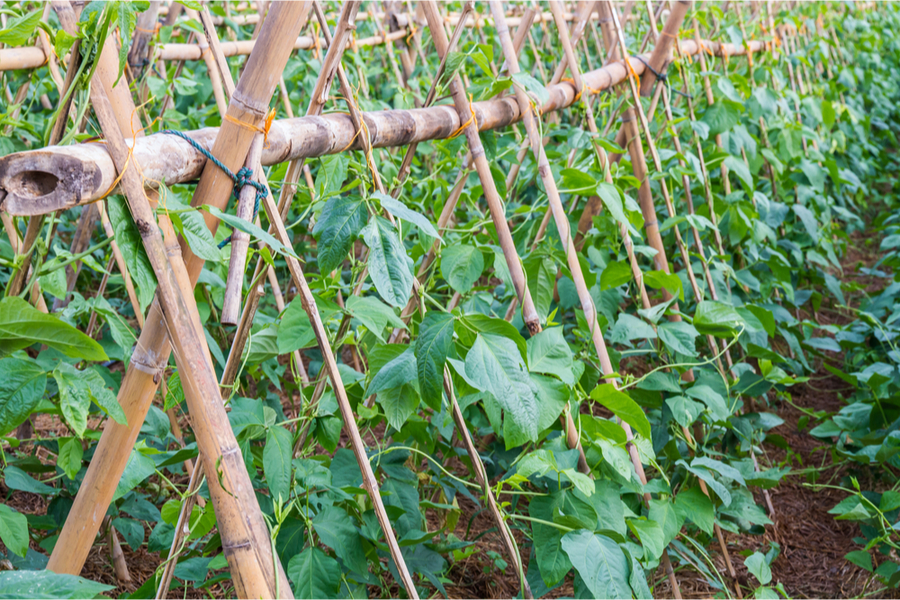
This Wampanoag recipe was made with cornmeal, berries, chopped nuts and seeds, maple syrup, and water.
A) Succotash
B) Boiled bread
C) Nasaump
C) Nasaump!
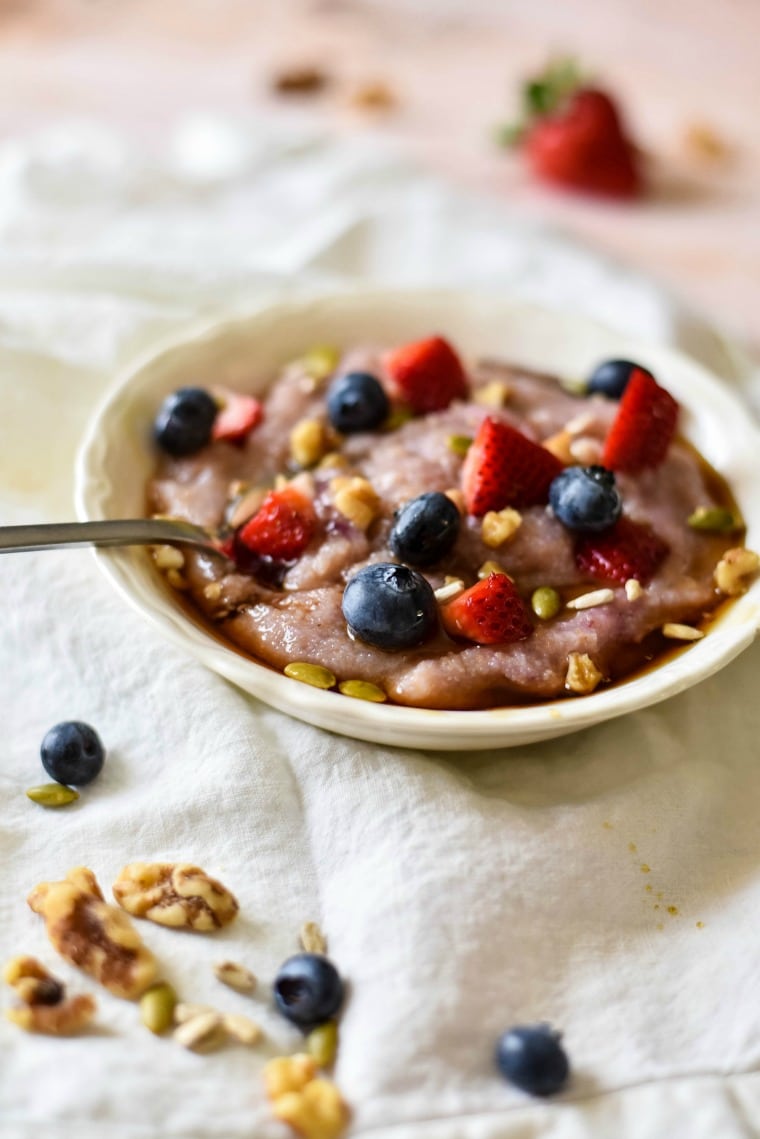
In 1621, the colonists decided to call the 3-day feast "the First Thanksgiving". True or false?
False! It wasn't called "The First Thanksgiving" until the 1830s, almost 200 years later!